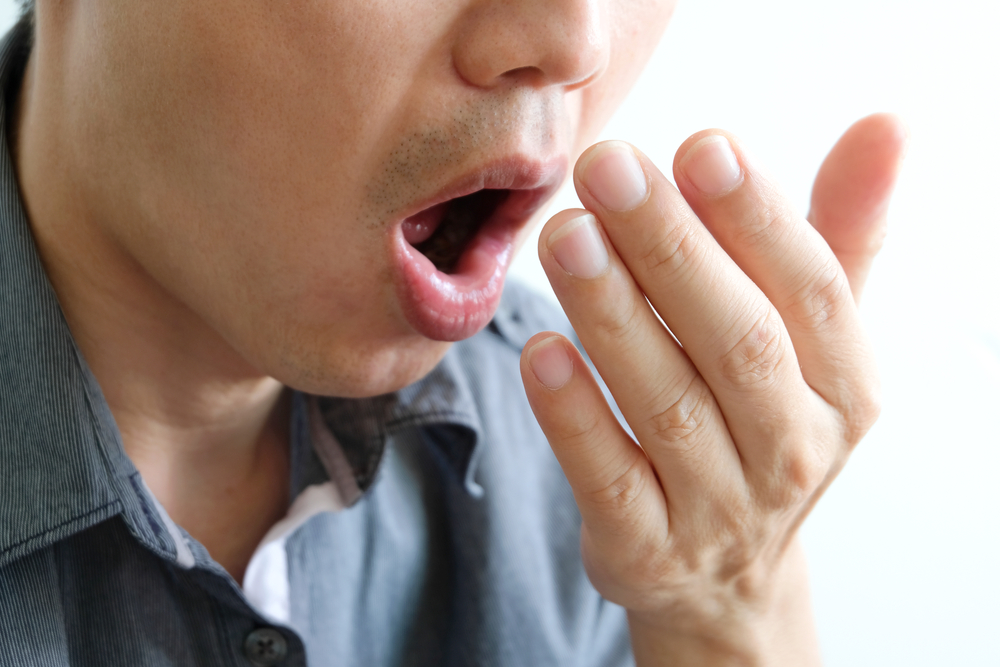Causes of Bad Breath Discovered, Scientists Explain.
Others are reading now
At the heart of halitosis lies a unique combination of bacteria residing in the mouth. This was revealed by a study conducted by researchers at Osaka University, published in mSystems.
According to the research, the interaction between two common types of oral bacteria leads to the production of a chemical compound that is one of the main causes of malodorous breath.
The metabolite produced by the oral commensal bacterium, Streptococcus gordonii, appears to activate another bacterial species, Fusobacterium nucleatum, which in turn generates the foul-smelling compound, methyl mercaptan.
Bad breath is caused by volatile compounds produced when mouth bacteria digest substances such as blood and food particles.
Also read
One of the most odorous compounds is methyl mercaptan, known as CH3SH, produced by microbes living around the teeth and on the surface of the tongue.
However, little is known about which specific bacterial species are involved in this process.
“Most previous studies on oral bacteria, producers of CH3SH, used isolated enzymes or relatively small culture volumes,” said Takeshi Hara, the lead author of the study.
“In our research, we wanted to create a more realistic environment to study CH3SH production by major oral bacteria,” continued Hara.
To this end, the researchers developed a large-volume anaerobic co-culture system which allowed testing interactions between different types of bacteria living in the mouth. The system was able to verify both direct physical interactions between the bacteria and whether these species could influence each other from a distance, for example by secreting active substances.
“The results were very intriguing,” stated Masae Kuboniwa, the senior author of the study.
“We discovered that Fusobacterium nucleatum produces large amounts of CH3SH in response to Streptococcus gordonii, another oral bacterium,” Kuboniwa continued.
Using stable isotope tracers and analyzing gene expression, the researchers found that S. gordonii releases a substance called ornithine that prompts F. nucleatum to produce a molecule called polyamine in larger quantities.
Since F. nucleatum requires methionine to produce polyamine, this increased production of polyamine activates its methionine recovery pathway, which in turn leads to an increase in CH3SH production.
“Overall, these results suggest that CH3SH production in the mouth is driven by the interaction between S. gordonii and F. nucleatum,” Hara clarified.
“Understanding how these two bacterial species work together to cause bad breath could be useful for developing methods to treat it or even to prevent its onset,” added Kuboniwa.
Moreover Kuboniwa concluded, “since bad breath is often associated with periodontal disease, treating this symptom early could help prevent more serious damage in the future.”


